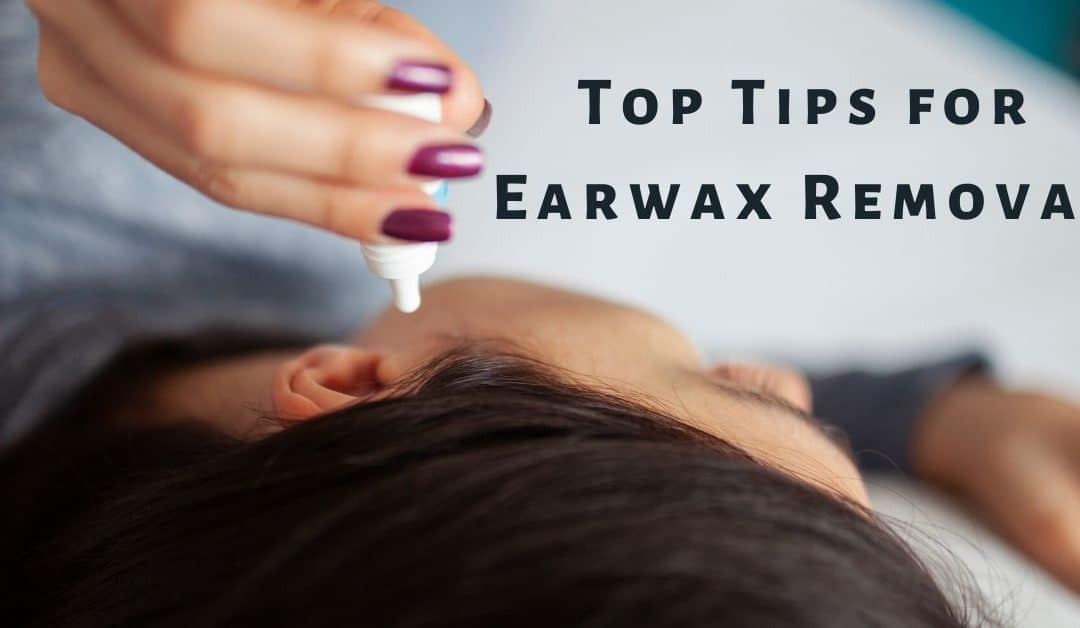Otherwise known as cerumen, earwax consists of cells of the oil, blood, dirt, and dead skin. This sticky paste is just the right consistency to trap microscopic particles and bacteria which might otherwise find their way into the ear canal, causing inflammation or infection. Protecting the sensitive hair cells and other internal ear components from harmful substances is essential in avoiding hearing loss–and this is the number one job earwax does.
Icky, but useful
Not only does earwax serve as a shield that blocks out dust and debris, but it also creates an acidic, antibacterial, and antifungal environment in the ear canal so that potentially hazardous bacteria can not grow. It also performs these essential tasks within your ear:
- Due to its moisturizing properties, it prevents the ear canal from becoming too dry or irritated.
- It creates a barrier to moisture that helps keep water out of the ear canal and further reduces the risk of bacterial infections.
- It allows the ear canal to move dead skin cells out of the ear.
- Due to its chemical composition, it repels insects naturally and serves as a ‘sticky trap.’ for any that accidentally makes their way in.
Too much earwax
The sticky substance works exceptionally well for many people, and most people do not experience wax buildup, known as impaction. Thirty percent of adults, however, suffer substantial earwax buildup, and some have so much extra cerumen that it blocks the ear canal entirely and interferes with hearing. Two-thirds of seniors are estimated to be dealing with excessive earwax.
“The excessive amount of earwax can cause hearing loss or ringing in your ears,” says American Academy of Audiology president Jackie Clark. “Some people experience vertigo, which increases the risk of falling.” Those with excessive earwax suffer all the adverse effects of hearing loss, including speech and conversation problems, social isolation, increased risk of depression, and rapid cognitive decline.
What to do about excessive earwax
Removing excess earwax is essential to avoid the risk of infection. Here are some quick tips to help if you are experiencing some impacted earwax yourself:
The first move is to soften the earwax. There is a range of inexpensive, over-the-counter drops you can purchase that will help you do this easily. Using a product with hydrogen peroxide, baby oil, or glycerin can also be used if you are in a pinch. The goal is to leave these substances in each ear for a couple of minutes to soften hardened blockages.
The next step is flushing it out. When earwax is hardened, breaking it up with warm water streams is a common and effective method. To do so, grip the outside of your ear and ear lobe gently, pushing it upwards gently. Then use the syringe or showerhead to flush warm water into the ear canal, tilting the head over to drain the water and wax away. This treatment will take several water streams, but you should see results eventually.
Don’t stick anything sharp into your ear!
It would help if you never tried to clean the ears by inserting anything inside the ear canal, including cotton swabs, bobby pins, fingers, or toothpicks. More often than not, putting items into your ear canal— even if you’re trying to clear a path — will push the substance deeper into the ear canal. Not only does this make the wax more challenging to extract, but it can also damage the fragile eardrums.
Some other consequences of inserting foreign objects into your ear can include:
- Ear canal inflammation.
- Impaired hearing (temporary or permanent depending on injury).
- Ear canal tearing and bleeding.
- Inflammation and discomfort.
- Eardrum damage, including holes and scarring.
- Dizziness, nausea, and vomiting from damage to components of the inner ear.
We hope these tips will help with your earwax issues. If symptoms do not change, get worse, or you experience pain, bleeding, or hearing loss, you should book an appointment with us for a professional earwax removal.

